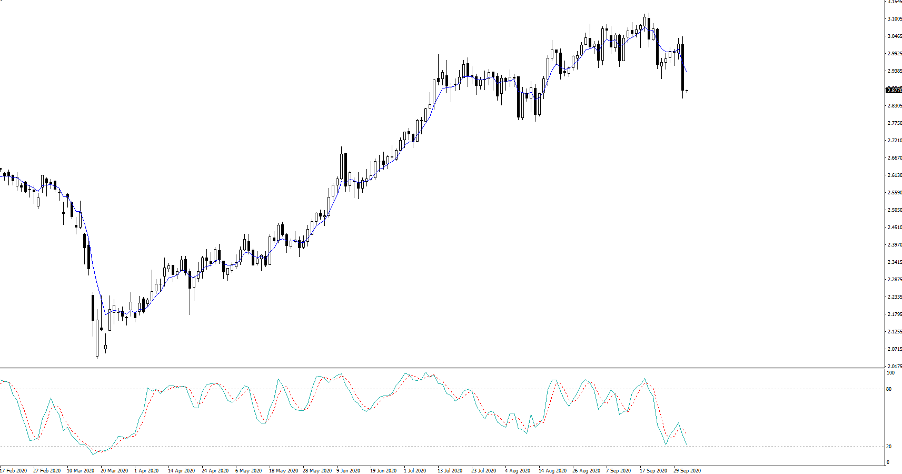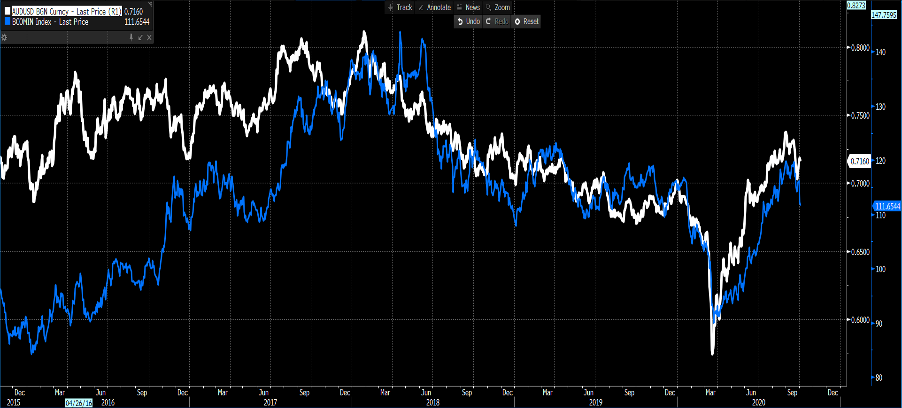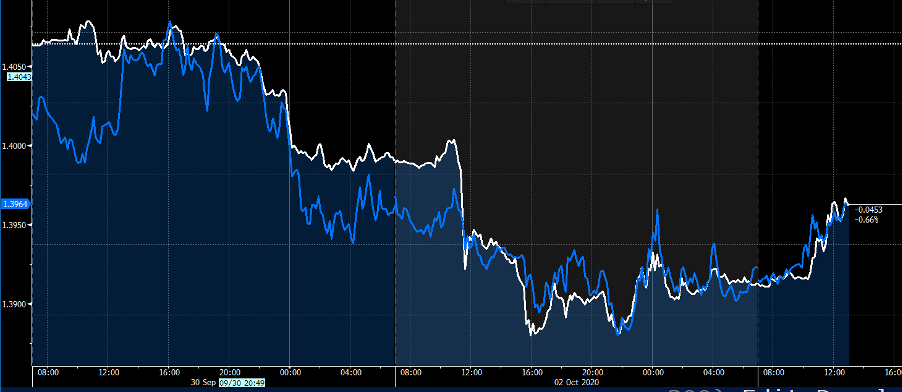差价合约(CFD)是复杂的工具,由于杠杆作用,存在快速亏损的高风险。80% 的散户投资者在于该提供商进行差价合约交易时账户亏损。 您应该考虑自己是否了解差价合约的原理,以及是否有承受资金损失的高风险的能力。
With the economists’ forecasts at +1.8m to -100k, once again the distribution of estimates is huge. It’s all finger in the air stuff when it comes to forecasting, but what’s most important for traders is whether this is a volatility event and whether this has any political implications.
The market will also consider the unemployment rate (consensus 8.2% from 8.4%) and hourly earnings, but overall, it’s the headline number that will drive price – if it does invoke a reaction.
Let's see the number, but we’ve seen a decent ADP payrolls report and a fall in continued employment claims. Although, many have picked up on the fact jobless claims seen in California were effectively removed from the survey as they rework their system to eliminate fraud. Seasonal factors point to a solid NFP number, and the market is positioned for a number just over 1m, but does it matter to markets? It’s the trend that I think is most important here and unless we get a blowout number, then the pace of job creation is falling and will continue to do so into October.
If I look at USDJPY, overnight implied vol it sits at 4.4% which is incredibly low and offers a 34-pip move – so the implied range is 105.25 to 105.92. Does this feel too low given the headline risk? Perhaps, but it gives you a sense that markets are not seeing great movement at this stage and thus NFP’s are not expected to be a vol event.
The debate on US fiscal stimulus rages on and the latest is that we’ve just seen the House pass the $2.2t aid bill and naturally the Senate has rejected it without delay. The Republicans having earlier raised their offer to $1.6t earlier and rejecting the DEM proposal. We know the dialogue with Steven Mnuchin and Nancy Pelosi is there, but this move in the House would lower the probability of a fiscal deal emerging and the US needs fiscal. Just look at the 2.7% decline in August personal income and understand that will continue to fall and even accelerate, and that will weigh on disposable capital and economics in the next couple of months.
Given Biden’s odds have come in post the first debate I question if the DEMs actually want a deal. The odds of Biden getting the White House have risen to 63% and for the first time the DEMs are favoured to get the Senate. Replacing ‘no majority’ as most likely outcome (in the eyes of the punters). Granted, the DEM campaign may not look bookies odds, but they know the wind is to their backs, so humanity aside, why make a deal? Surely a deal, while very much needed, gives Trump ammunition and favours his campaign.
We’ve also seen Trump’s top aid Hope Hicks testing positive for COVID-19 and Trump detail he’ll be headed for quarantine. Will the next presidential town hall debate on 15 October now take place? Seems this is Trump’s out if he wanted one.
Equity markets haven’t reacted too greatly at this stage. Although, we’re starting to see some selling in S&P 500 futures and the ASX200 is down 0.8%. US Bonds have hardly moved, although we’re seeing good buying in Aussie bonds, taking back some of the chunky sell-off seen yesterday (Aus 10s +11bp). What caught a lot of people’s attention was a 5% sell-off in copper though and that had a lot of people talking, while crude was down over 3%. Both are lower through Asia today. So, watch the daily chart of copper, it could be very telling from here and the idea of trading reflation. Fiscal is key for that.

Its interesting that the AUD has not reacted too intently and if we look at the AUDUSD (white) vs the Bloomberg industrial metals index (41% weighted by copper, 23% aluminium, 19.4% zinc and 16% Nickel) we see the pair has diverged after holding a strong relationship of late. I certainly can't see risk holding up that well if the commodity index rolls over.

(Source: Bloomberg)
I would also be looking closely at USDCNH (white) given its strong inverse relationship with AUDUSD (blue - inverted) – As we see, the pairs are closely related so weakness in the CNH is resonating in a lower AUD. The combination of weaker copper and CNH could see a lower AUD. Fundamentally, this is where to watch.

(Source: Bloomberg)
Related articles
做好交易准备了吗?
只需少量入金便可随时开始交易。我们简单的申请流程仅需几分钟便可完成申请。
此处提供的材料并未按照旨在促进投资研究独立性的法律要求准备,因此被视为市场沟通之用途。虽然在传播投资研究之前不受任何禁止交易的限制,但我们不会在将其提供给我们的客户之前寻求利用任何优势。
Pepperstone 并不表示此处提供的材料是准确、最新或完整的,因此不应依赖于此。该信息,无论是否来自第三方,都不应被视为推荐;或买卖要约;或征求购买或出售任何证券、金融产品或工具的要约;或参与任何特定的交易策略。它没有考虑读者的财务状况或投资目标。我们建议此内容的任何读者寻求自己的建议。未经 Pepperstone 批准,不得复制或重新分发此信息。


